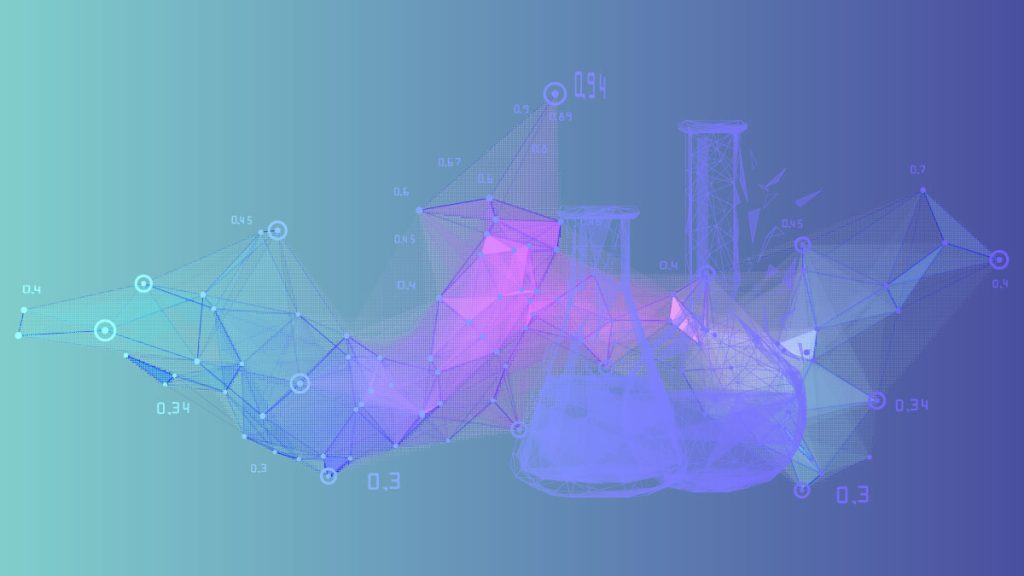
Process analytical technology initiative was created in 2004 by the Food & Drug Administration (FDA), aiming to decrease public health risks associated with manufacturing pharmaceutical products. Amidst the COVID-19 pandemic, the pharmaceutical industry has seen immense demand, leading to unprecedented production.
A better understanding of the production process at every level proved necessary to achieve such high demand and lofty goals, from research labs all the way to full-scale production sites. The time to introduce PAT process analytical technology is now, especially for companies providing continuous measurements and perfusion applications. The point has always been to maximize product yield and quality while decreasing raw materials and implementing better control for pharmacos, but due to recent events, this goal is even more critical.
What Is Process Analytical Technology?
Process analytical technology PAT is an algorithm for analyzing and controlling the production process, which measures essential quality and performance attributes in raw and processed materials. It allows in-process data to be available for assessing the quality of a batch during the manufacturing process while reducing the need for finished product testing resulting in improvements in lead times.
PAT process analytical technology offers crucial science-based insight into data that is key to stable and efficient production processes. Incorporating PAT process analytical technology can improve product quality and unity while reducing process costs and tightening product safety. It will also almost eliminate the need for product re-work, smoothing the process cycle, easing regulation compliance, and leading to a robust system that gets the product right from the first time. On the other hand, when it comes to processing development and scale-up, PAT encourages process understanding and speeds up the work pipeline, improving cost assessment through data-driven insight and enabling critical decision making.
Process Analytical Technology PAT in Pharmaceutical Development
Implementing PAT process analytical technology in pharmaceutical development can modernize synthesis workstations, provide exact reactor control, allow the capturing and digitalization of reaction process information, and secure the reproducibility and link between users, experiments, and sites. Synthesis workstations can act as a superior platform for PAT implementation and Design of Experiments (DoE) methods, easing critical processing parameters and offering support scale-up since blending conditions and procedure geometrics can match manufacturing environments.
PAT can also shift organizational productivity; using the latest tech, scientists, and facilities can work far more precisely. Experiments rich in data can be easily performed 24/7, with the samples automatically analyzed critically seamlessly during the operations. This will result in healthier ways to share the outcomes with the organization eliminating repetition and data loss that will often be a dwelling point.
Process analytical technology can provide insight into every reaction, and real-time measures of chemistry can provide fundamental process understanding by simplifying reaction kinetics and mechanisms, leading to sharper performance. It can also identify and follow essential reaction credentials and hunt sources of unwanted and toxic elements that can halt production. Diving deep into data-based processes can allow a higher understanding of said processes leading to green, safe, easy-to-predict methods, allowing the team to work at peak speeds and efficiency. Pharmaceuticals can take control of crystallization using tools to obtain an operational understanding of particle systems, enabling scientists to create tailor-made crystal systems.
Live data makes the control of supersaturation possible, as well as nucleation and particle/particle size distribution, allowing Fast paced crystal transformation operation. All this can let the team understand and make the particle quality even better.PAT can promote safety and help sustain a culture of safety in the company. Effective deployment of PAT eases the way to a better knowledge-based risk assessment. It ensures that experiments within the desired space understanding and control its parameters, reflecting a stable and safe working process. PAT will lower risks at all levels and stages of development, lowering the chances of injuries for workers by automating hazardous tasks eliminating dangerous activities, and providing a safe workplace.
Finally, implementing PAT with the correct design processes for manufacturability early during the development cycle can provide consistency across all scales. Elevating the transferability and defining the edges of process and design space with proper personnel training will make monitoring a direct lab to plant delivery operation possible.
Process Analytical Technology Review
After shedding light on how PAT can improve product development, nothing comes without challenges, and Process Analytical Technology can prove challenging to some. Implementing PAT can include technical issues, cost, and company culture obstacles. On the technical aspect, the new tech on the market needs to be first found and evaluated. Each system requires various development methods and chemometric modules to align with quality factors. Any newly discovered technology will have to be integrated with existing equipment and data management systems. The cost of such change and implementation of PAT includes:
- Acquiring the newest technology.
- Modifying the existing infrastructure.
- Intensive and long-term maintenance of hardware and measurement strategy.
Training the staff can prove challenging and costly; in reality, as far as company culture, establishing PAT must be viewed as a top-down goal to deliver smooth implementation with no barriers. Senior management should sync with technical staff and production teams to embrace PAT process analytical technology to achieve utmost success.
Final Thoughts
Safe to say, with more significant risks come great rewards. PAT process analytical technology can improve the work operation, workspace, and the quality of work and environment for employees allowing them to focus more on delivering the tasks asked of them. With a well-studied process adding PAT will reflect positively on any organization; many have come to love PAT proving it to be almost essential in this day and age for a seamless, effective work plan design.
Inside Telecom provides you with an extensive list of content covering all aspects of the tech industry. Keep an eye on our MedTech section to stay informed and up-to-date with our daily articles.